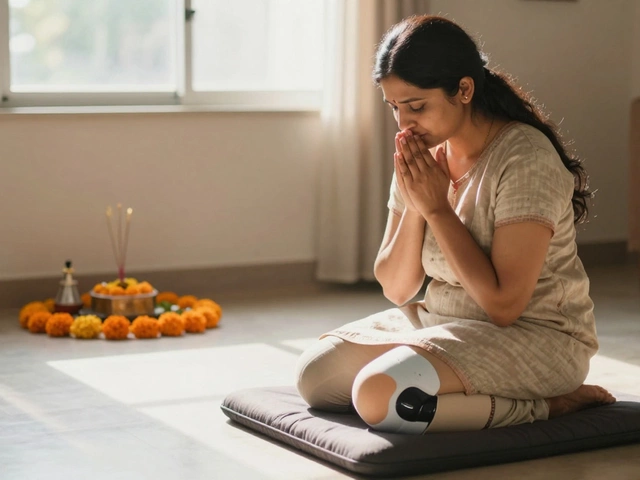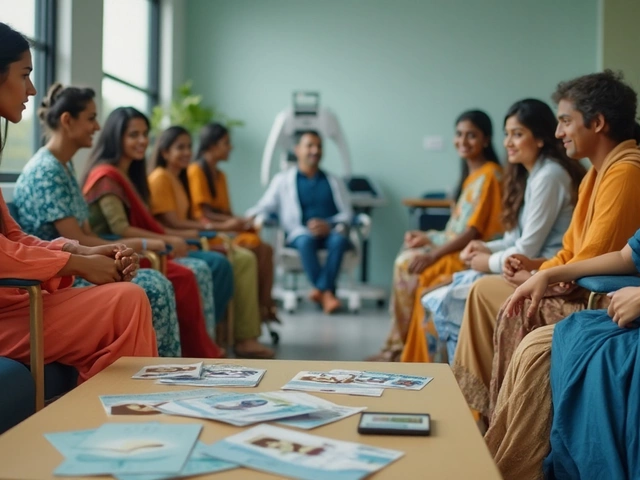Adolescent ADHD: What Every Parent and Teacher Should Know
ADHD doesn’t disappear when kids hit puberty. In fact, the teenage years often bring new challenges that make the condition more visible. If you’ve noticed a teen struggling with focus, impulsivity, or restlessness, chances are they could be dealing with adolescent ADHD. Recognizing the signs early can make a huge difference in school performance, relationships, and overall wellbeing.
Key Signs to Watch For
Teen ADHD often looks different from the classic childhood picture. Here are the most common signals:
- Difficulty staying organized: Missed assignments, a backpack full of loose papers, and frequent "I forgot" moments.
- Procrastination and unfinished projects: Starting homework but dropping it midway, then moving on to the next distraction.
- Impulsive decisions: Buying expensive items without thinking, risky driving, or jumping into arguments.
- Restlessness: Feeling the need to move constantly, fidgeting, or struggling to sit through a class.
- Emotional ups and downs: Quick shifts from excitement to frustration, often over small triggers.
If you spot several of these patterns, it’s worth talking to a healthcare professional who understands ADHD in adolescents.
Practical Strategies for Home and School
Managing ADHD isn’t just about medication; daily habits and environment play a huge role. Below are easy steps you can start using today.
Create a predictable routine. A clear schedule for school, homework, meals, and sleep reduces the mental load. Use a wall calendar or a phone app that sends reminders.
Break tasks into bite‑size chunks. Instead of "study for 3 hours," set 20‑minute blocks with a short break in between. A timer can keep the teen on track.
Design a distraction‑free study zone. A quiet corner with minimal gadgets, good lighting, and all needed supplies at hand helps concentration.
Use visual aids. Color‑coded folders, checklists, and sticky notes turn abstract tasks into concrete steps.
Encourage physical activity. Regular exercise—sports, dancing, or even a daily walk—releases dopamine and improves focus.
Collaborate with teachers. Share the teen’s diagnosis with school counselors. Request accommodations like extended test time, seat placement away from windows, or a copy of lecture notes.
Monitor screen time. Limit fast‑paced video games and social media during homework periods. Set a specific “tech‑free” window each day.
Teach self‑advocacy. Help the teen learn to ask for clarification, speak up about difficulties, and request breaks when needed.
Medical and Professional Help in India
When behavioral tweaks aren’t enough, a qualified psychiatrist or pediatric neurologist can assess the need for medication. Commonly prescribed options include stimulants like methylphenidate and non‑stimulants such as atomoxetine. The doctor will start with a low dose and adjust based on response and side effects.
In addition to medication, cognitive‑behavioral therapy (CBT) and counseling can teach coping skills, improve organization, and reduce anxiety that often co‑exists with ADHD.
India now has several dedicated ADHD clinics in major cities—Delhi, Mumbai, Bangalore, and Chennai. Many hospitals also offer tele‑consultations, making it easier for families in smaller towns to get expert advice.
Where to Find Support
Parent support groups, both online and offline, provide a safe space to share experiences and learn from others. Websites like the Indian Psychiatric Society and local NGOs list resources, workshops, and school programs tailored for teens with ADHD.
Remember, ADHD is a lifelong condition, but with the right mix of strategies, medical care, and support, adolescents can thrive academically and socially. Start with small changes, keep communication open, and don’t hesitate to reach out to professionals. Your teen’s future can be bright—one organized step at a time.





